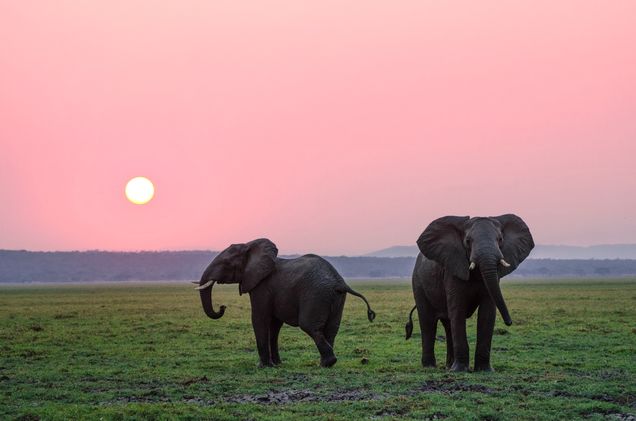Animal Agency in Wildlife Conservation and Management

Wildlife conservation and management (WCM) practices have been historically drawn from a wide variety of academic fields, yet practitioners have been slow to engage with emerging conversations about animals as complex beings, whose individuality and sociality influence their relationships with humans.
在
Main findings:
- Edelblutte, Krithivasan and Nassif identified three common assumptions about animals that unite examples from other literature. These assumptions are not held by all conservationists or applied in all management scenarios but, nonetheless, represent pervasive ideas in WCM across species, contexts and time. They are:
- Animal behaviors are rigid and homogeneous.
- Wildlife exhibit idealized wild behavior and prefer pristine habitats.
- Human–wildlife relationships are of marginal or secondary importance.
- Their review of common assumptions and unanticipated outcomes highlighted key shortcomings in conceptualizations of wildlife in WCM that come from a shared historical lineage.
- Western scientific thought, heavily influenced by Judeo-Christian views of human dominion over nature and Descartes’ treaty on animals in the 16th century, has a long history of treating animals as automata.
- Animals are considered inferior and subordinate to humans, lacking emotion, free will, self-consciousness or personhood.
- The team then selectively reviewed recent scholarship in three fields that re-conceptualize animals and their relationships with humans: animal behavior, animal geographies and animal legal theory.
- The collective findings from these fields challenge assumptions that underpin many mainstream WCM approaches. Five conceptual contributions that have implications for the ways animals are protected, managed and treated in WCM are:
- First, animals are sentient.
- Second, animals are capable of adapting to new contexts.
- Third, animals show individuality and personality.
- Fourth, animals’ lived experiences and social learning contribute to individual and collective decision-making.
- Finally, animals and humans actively participate in co-shaping shared environments.
- Based on advances in these fields, Edelblutte, Krithivasan and Nassif group these findings under animal agency, which can be defined as the ability of animals to actively influence conservation and management outcomes through their adaptive, context-specific and complex behaviors that are predicated on their sentience, individuality, lived experiences, cognition, sociality and cultures in ways that shape and reshape shared human–wildlife cultures, spaces and histories.
- Integrating animal agency into conservation allows more nuanced discussions of, and can potentially augment, existing and emergent practices. WCM will always be an endeavor held in tension by different goals, world views and ontologies of what is worth conserving and how to conserve it. Engaging with animal agency will not remove the challenge of balancing different views or easily solve ecologically, politically and culturally fraught conservation challenges that inherently involve trade-offs.
Conservation practices, such as compassionate conservation, convivial conservation and ecological justice, incorporate facets of animal agency. Animal agency can be incorporated in conservation problem-solving by assessing the ways in which agency contributes to species’ survival and by encouraging more adaptive and collaborative decision-making among human and nonhuman stakeholders. Overall, animal agency is a concept with the potential to connect wildlife, Indigenous and local communities, scholars, conservationists and wildlife managers to enhance context-specific and adaptive WCM practice. These approaches have the potential to create spaces for better collaboration, inclusion and well-being for both animals and humans.
Read the Journal Article Read the Op-ed in The Brink